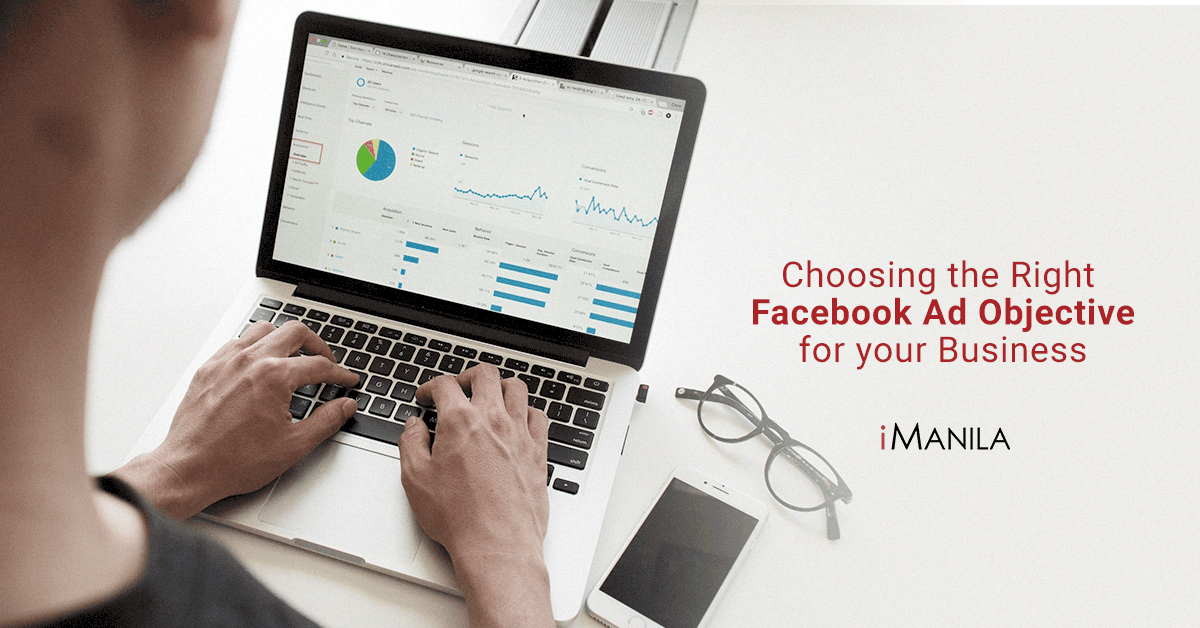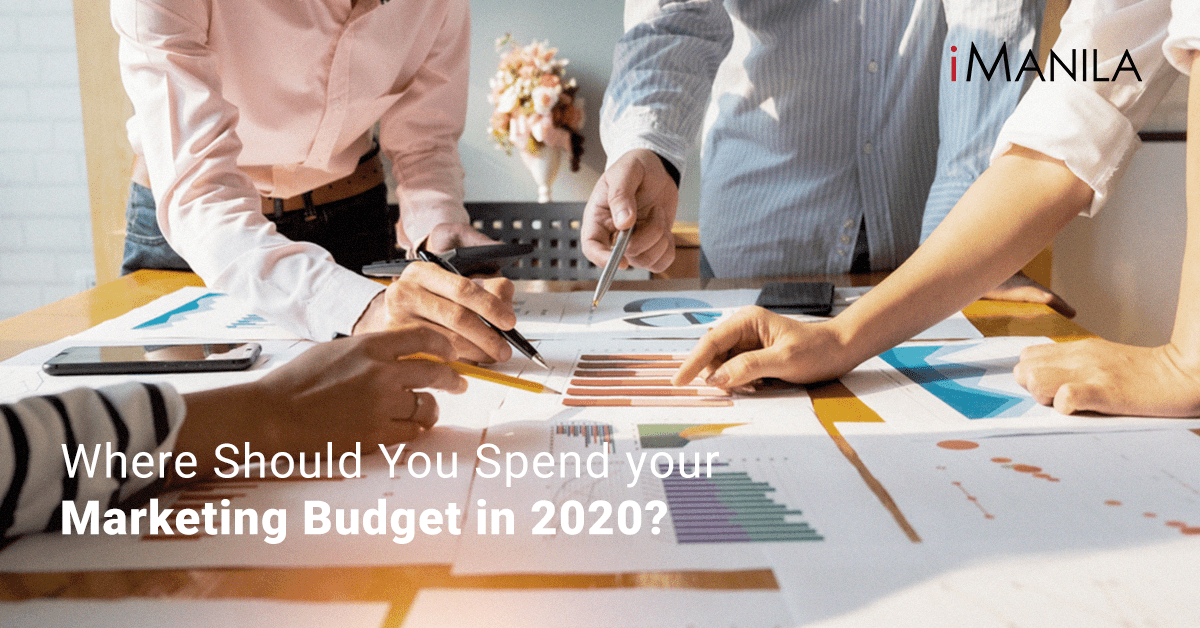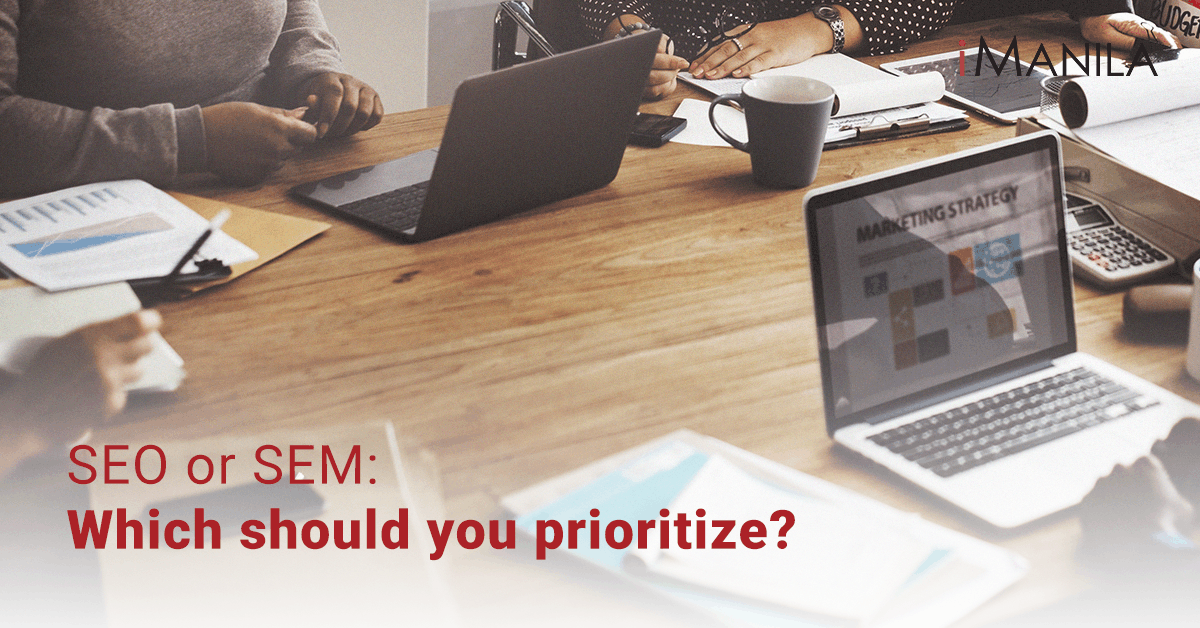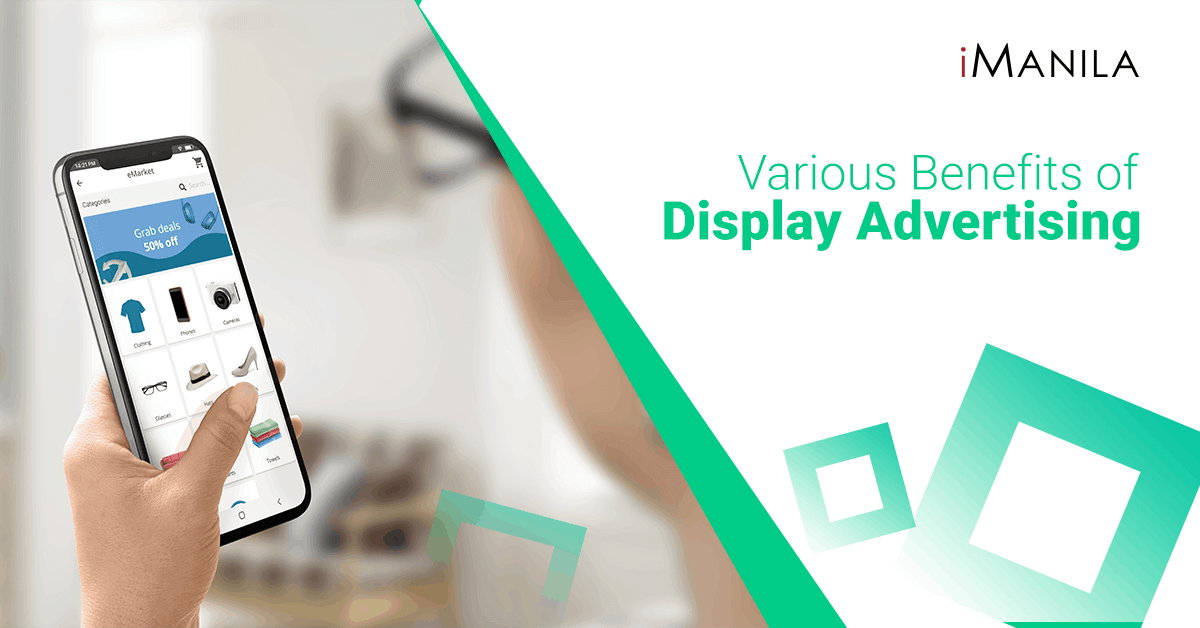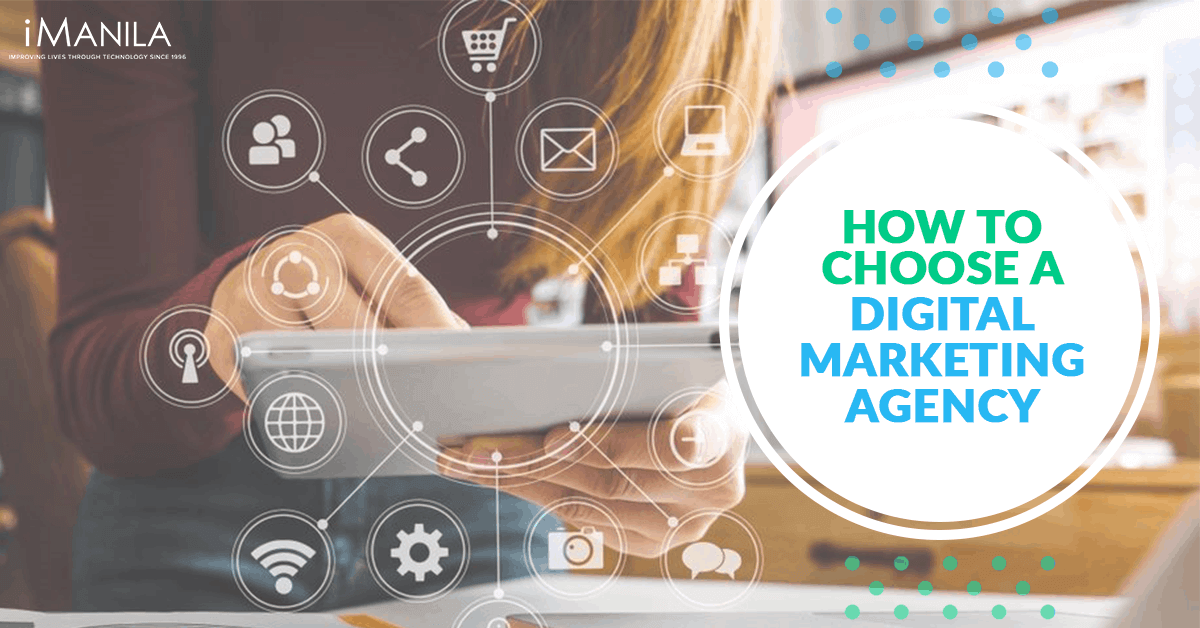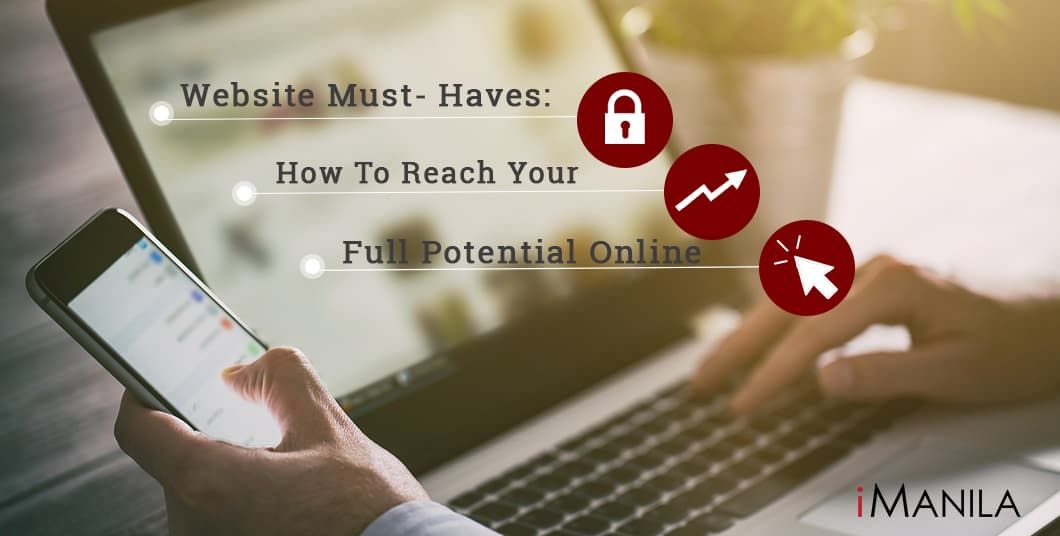Choosing the Right Facebook Ad Objective for Your Business
Setting up a Facebook ad for the first time using an ads manager account will surely make your mind go fuzzy. Every stage of the setup process is crucial to making a successful campaign, especially the objective selection.
Choosing your campaign objective is the first choice you will have to make. It will determine the optimization and bidding options you will have throughout the ad creation process. It’s like dictating to the Facebook system your goals and simultaneously trusting the system to follow through and provide you with the best tools to achieve it.
So how will you know which one to choose especially if you’re a stranger to Facebook advertising? The ultimate rule is that you choose the one closest to your advertising goal.
Facebook Ads Objective
To generate better results, you must understand what each objective means.
In a nutshell, Facebook uses the data it gets from people’s online behavior and targets the ones within your chosen target audience who are most likely to engage or see your ad.
Objectives are broken down into three categories: Awareness, Consideration, and Conversion with sub-objective options each.
Awareness
This objective allows you to generate interest in what you sell. You have two choices in this category.
- Brand Awareness
Use this to increase awareness. This objective will help you reach people who are most likely to pay attention to what you promote on your ad.
Instead of boosting your ad for engagements (likes, comments, shares), this is the most recommended objective to take. This does not necessarily get people to engage, click-through, or purchase.
Huge companies like Jollibee, SM, and Coca-Cola may find value in this objective, the same way other companies who are not necessarily aiming to website traffic, sales leads, or increase in purchases. This may not, however, provide the same value to small and medium-sized businesses.
- Reach
Use reach if you want your ad to be seen by many people around your target coverage and budget plan.
Consideration
This campaign objective category allows you to reach people who want to know more information about your brand.
- Traffic
This objective allows you to drive traffic outside of Facebook like inviting people to read your blog on your website, listen to a podcast, see your app, and more. Facebook will serve your ad to people who are most likely to click through.
- Engagement
If you want people to engage on your ad, use engagement as an objective. The engagements include reactions, likes, comments, and shares. This could also help you increase your page following, event responses, and offer claims.
Choosing engagement will also allow you to retarget people who have previously engaged on your ad for future advertising campaigns.
- App Installs
Use this objective if you want people to download your mobile app.
- Video Views
This objective will help you promote your video and target people who are most likely to watch it. The priority is to let them see your content on the video and not to click a link or register.
This objective is also beneficial when you are planning to build a video engagement audience for retargeting purposes.
- Lead Generation
This objective will allow you to generate leads right within the ad. It generally invites people to register their names, contact details, and other data you would like to get from them. Additionally, the data you get are auto-populated so you can get essential information out of the sign-ups.
There are only a couple of complex steps when doing this objective. You need to use a third-party tool that should be integrated to Facebook to automatically take all data going to CRM. You can do this within the Lead Set up on Facebook. This is crucial because people would expect to know what you are offering immediately.
Conversion
This last campaign category will get people to register, download applications, purchase, or visit your store.
To optimize for Conversion, you need to have at least 15-25 conversions a week. This is only a bare minimum; the ideal number is between 50-100. This is necessary so Facebook can learn about those people who converted and target the ones who most likely to convert as well within your target coverage. Without this data, Facebook won’t be able to optimize accurately the delivery of your ads.
1.Product Catalog Sales
When you have an e-commerce store you would like to promote, use product catalog sales as an objective. This will require you to have the catalog integrated to Facebook and choose product feeds in creating a campaign.
2.Store Visits
Use this objective if you have multiple business branches and you wish to get people to visit your nearest store to purchase. You will need to set up your business locations on the ads manager before you can use this objective.
—
Choose the most appropriate objective that is aligned to your current goals. Consider your first attempt as an A/B testing so you can know if your chosen objective really works for your business and if the expected results are met.
If all this is too much to take in – don’t fret as we don’t want you to stress out on something you don’t necessarily have to deal with. Get a reliable and experience-heavy agency who can do the job for you. Here at iManila, our expertise will help you build your brand and get more people to talk about your business. Request a quote for our Social Media Management and Social Media Ads now!
